
Lot 93
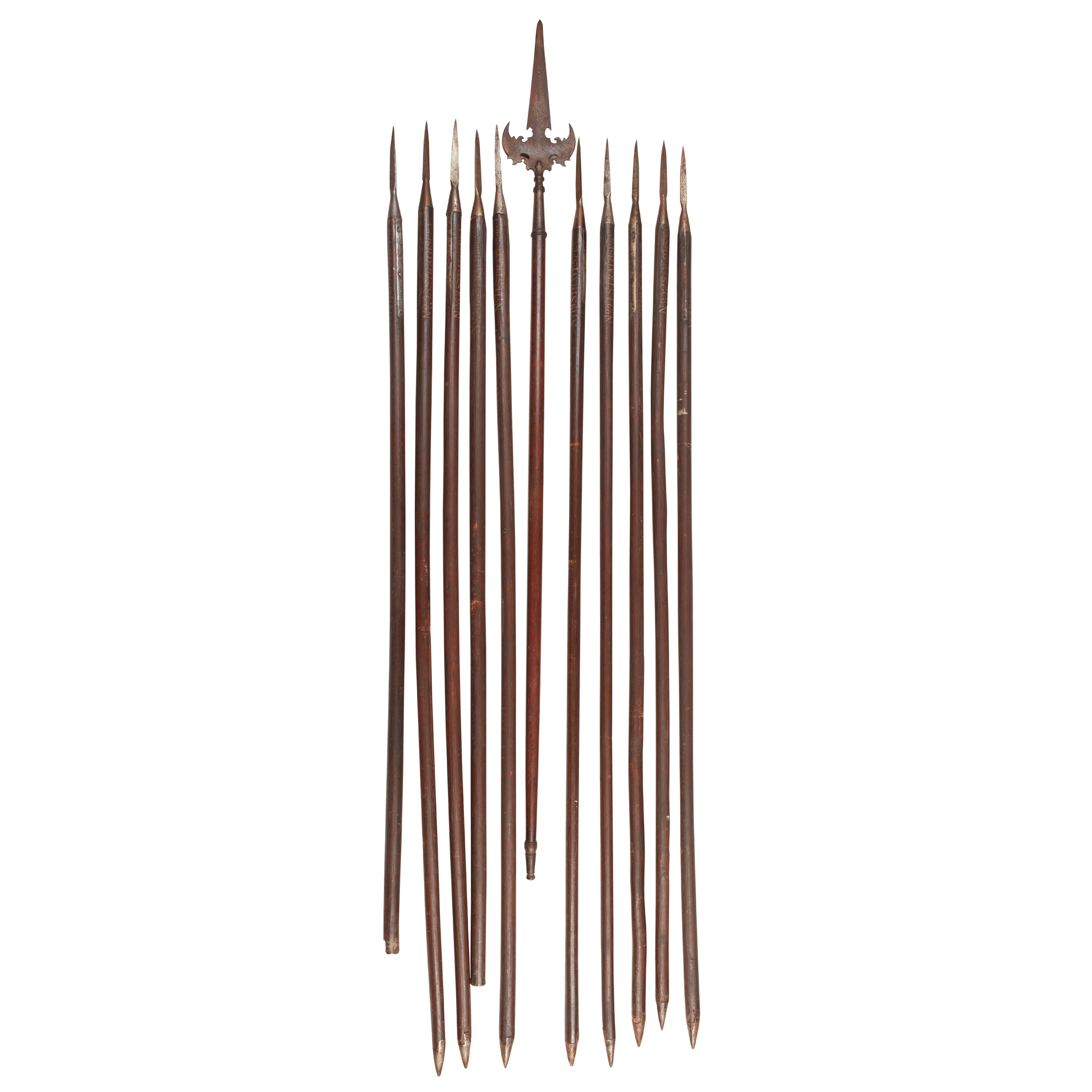
COLLECTION OF TEN STRATHSPEY FENCIBLE PIKES
LATE 18TH CENTURY
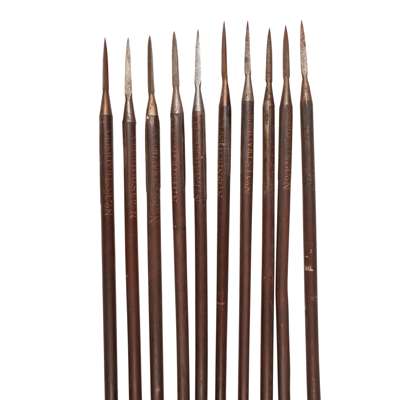
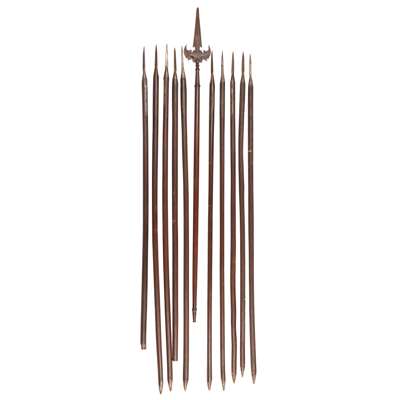
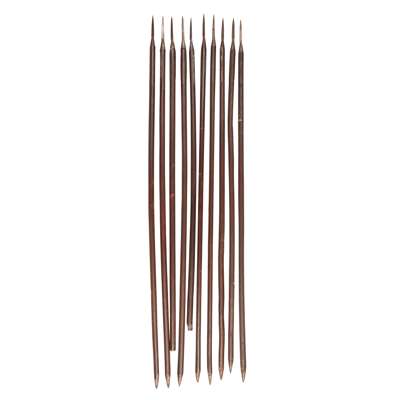


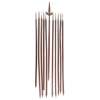
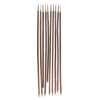
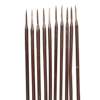
Auction: Select Property from Towie Barclay Castle, Aberdeenshire - 27th March 2024 at 10am
Description
each of conventional form with straight wooden shaft, pointed steel mount to base and spear points to the other, painted inscriptions to each of NO. 3, 14, 19, 34, 38, 52, 58, 68, 178 and 367; together with a further polearm (11)
Provenance
Karen and the late Marc Ellington, Towie Barclay Castle, Aberdeenshire
Footnote
Note: Sir James Grant of Grant (1738-1811), who owned large estates in Strathspey, was a politician and the Chief of Clan Grant. In 1783 he was a co-founder of the Royal Society of Edinburgh and served as its first president. Upon the declaration of war by France in 1793, Grant raised the Strathspey Regiment of fencible infantry, an army of volunteers formed to counter the French invasion. He was appointed colonel.
Fencibles (from the word defensible), were raised during the late 18th and early 19th centuries, to defend against the threat of invasion during the Seven Years' War, the American War of Independence, the Napoleonic Wars, and the War of 1812.
The volunteers of the Strathspey Fencibles were mostly Highlanders, raised from Sir James’s own tenants. In June 1793 they marched south and were stationed in most of the towns in southern Scotland. Whilst quartered at Dumfries in 1795, a mutiny broke out amongst the Strathspey Fencibles. A spirit of jealousy and distrust of their officers had taken root in the men, resulting in the imprisonment of several men of the regiment. This was followed by an uprising amongst some of the men who, in defiance of their officers, released the prisoners. This act had dire consequences. The regiment of Strathspey Fencibles were marched to Musselburgh, where four privates were tried, and being found guilty of mutinous conduct, condemned to be shot. They were marched to Gullane Links in East Lothian on 16th July 1795 where it was declared that only two should suffer and that lots should be drawn to determine who. It was Charles Mackintosh and Alexander Fraser who were shot that day.
No other act of insubordination occurred in the regiment, which was disbanded in 1799.







